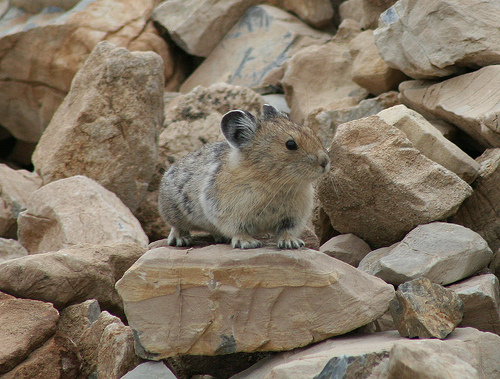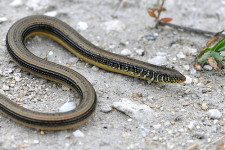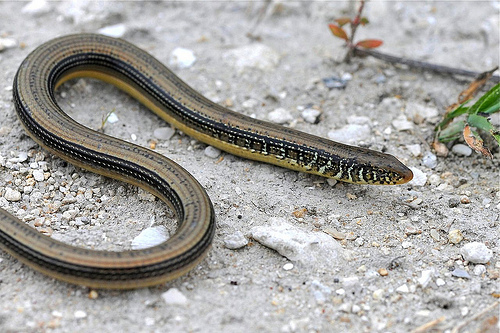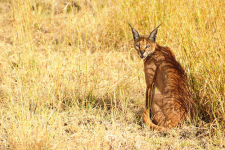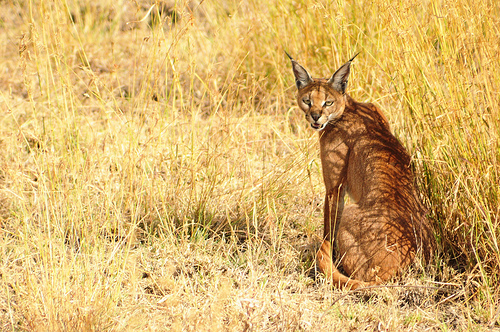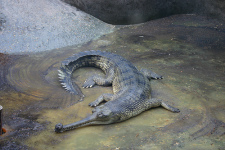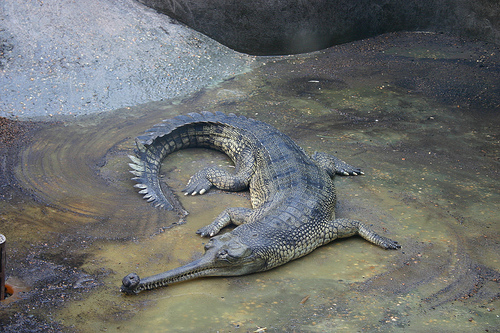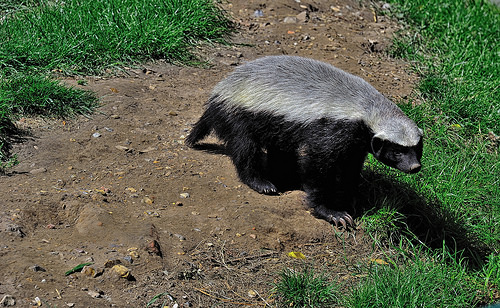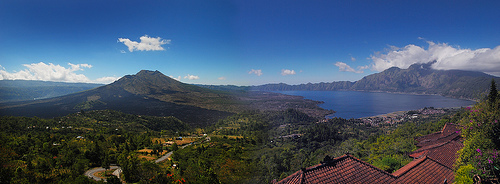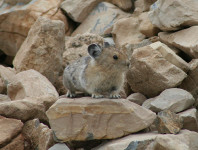
Meet another cute animal, the pika!
- Pikas are mammals of small size, that originate from North America, Asia and eastern areas of Europe, and inhabit mostly mountainous regions where the temperatures are cooler.
- ‘Pikas’ are also known as ‘whistling hares’ and ‘picas’, although the latter term is used to refer to a number of other species of animals.
- Pikas are a family that have the scientific name Ochotonidae, of which there is one genus, Ochotona, and the family is from the order Lagomorpha, the order to which rabbits and hares belong.
- The length of pikas range from 15 to 23 centimetres (5.9 to 9.1 inches) and they typically range from 75 to 350 grams (2.6 to 12.3 ounces) in weight.
- The diet of pikas consists of vegetation including grass, shrubs, bushes, leaves, seeds, berries and moss.
A Pika
Image courtesy of Glacier NPS/Flickr
- Pikas generally live by themselves in burrows or crevices found among rocks and soil, and they come out during the day, or dawn and dusk, to gather food.
- Pikas typically gather vegetation during warmer months and place it in a pile, known as a ‘haypile’, that they often store in their burrow, and they use the dried vegetation as food during the cooler months.
- A pika has a fur coat that is typically a combination of brown, tan, grey, white and black colours, and the mammal has no tail.
- A whistling sound can be made by pikas, used when entering a burrow and for communication purposes; and they are preyed on by weasels, dogs, eagles, and foxes.
- Female pikas give birth to one to five young, a maximum of twice a year, and they have an average lifespan of 3 to 6 years.
Bibliography:
Pika, 2013 A-Z Animals, http://a-z-animals.com/animals/pika/
Pika, 2014, Wikipedia, http://en.wikipedia.org/wiki/Pika




